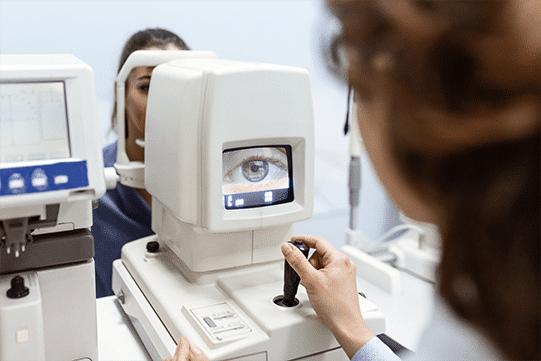
If you’re thinking about trying premium lenses to replace your natural eye lenses that have been clouded or darkened too much by cataracts, then you must consider the new trifocal intraocular lens, which has been used in over 70 countries after multiple studies had proved its effectiveness. A trifocal intraocular lens, also known as PanOptix trifocal intraocular lens, is a small, artificial lens composed of foldable acrylic. It provides sharp vision at distance and can replace damaged natural lenses in the eye. Recently, Food and Drug Administration (FDA) approved these lenses in the United States after many clinical studies indicated good visual acuities at near, intermediate, and distant ranges after using these lenses.



We provide you with free consultations by a specialized team


Your doctor will use numbing eye drops or injectable drugs to help you relax throughout the procedure, but you will be awake.
Next, they will make small incisions to reach the lens of your eye, use special tools to break them up into small pieces, and remove them from your eye.
Finally, they will place the new trifocal intraocular lens into place.


Contact Information
Get a free consultation and answers to all your questions by completing the form below
Get a free consultation and answers to all your questions by completing the form below